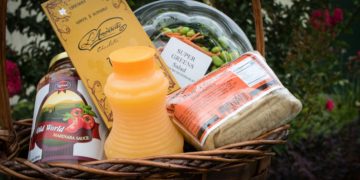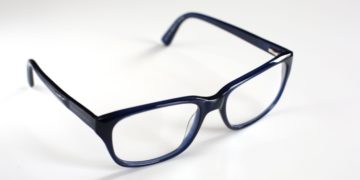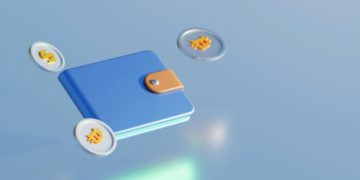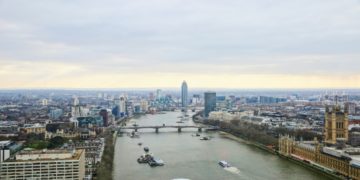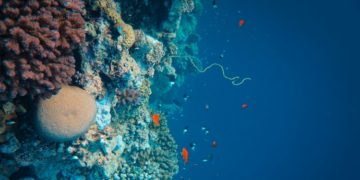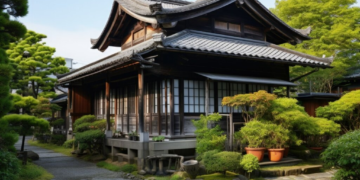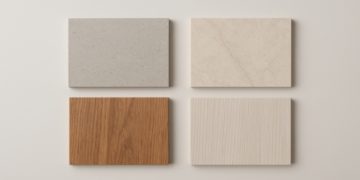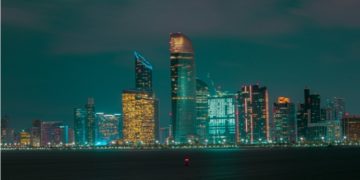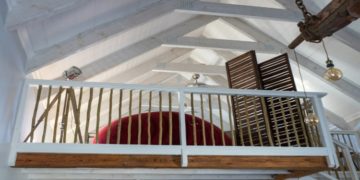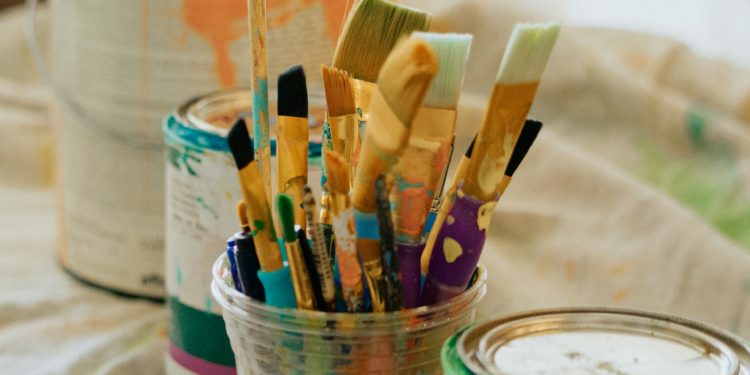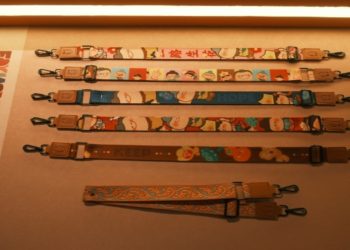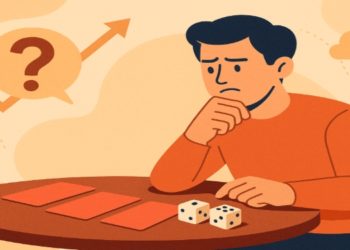In an increasingly fast-paced world, the pressures of daily life can be overwhelming, leading many people to seek relief in traditional mindfulness practices such as meditation. While meditation is celebrated for its numerous mental health benefits, there is another, perhaps even more accessible path toward tranquility: picking up a paintbrush or engaging in creative activities like arts and crafts. Recent studies and personal experiences suggest that creative projects can significantly reduce stress and even outperform traditional meditation practices in certain contexts.
Meditation often demands patience, stillness, and significant mental discipline, traits not easily accessible to everyone. For individuals who find it challenging to quiet their thoughts or sit still for extended periods, creative activities offer a dynamic and practical alternative. Activities such as painting, drawing, pottery, knitting, or even woodworking naturally immerse participants in a state known as “flow.” Flow is characterized by complete absorption in the task at hand, where one loses track of time and self-awareness, experiencing intense concentration coupled with deep enjoyment. This state effectively mimics the mindful benefits of meditation without the often difficult task of managing intrusive thoughts consciously.
Creative activities serve as an expressive outlet that meditation, by its passive and inward-focused nature, sometimes lacks. When someone picks up a paintbrush, they channel emotions, thoughts, and tensions onto the canvas, effectively externalizing their internal world. This expressive process can help clear mental clutter, providing emotional relief and clarity. Unlike meditation, which encourages detachment from thoughts, creative projects engage directly with emotional content, transforming stressors into something tangible and meaningful.
Additionally, the tactile and sensory experiences involved in arts and crafts provide unique neurological benefits. The repetitive movements involved in activities such as knitting or pottery stimulate the release of serotonin, a neurotransmitter that contributes significantly to mood regulation and feelings of happiness. This tactile engagement can soothe anxiety and promote relaxation more effectively for some individuals than traditional meditation practices.
Creative endeavors also result in tangible accomplishments, offering a visible representation of personal achievement. Completing an art project or craft item delivers a clear sense of satisfaction and self-esteem, directly combating feelings of inadequacy or helplessness often associated with stress. This aspect contrasts sharply with meditation, where progress and improvement are often subjective and intangible. For many, having a physical representation of their relaxation and effort validates the time spent and enhances the overall feeling of wellbeing.
Moreover, creative projects can foster social interaction, something meditation typically does not provide in a direct or frequent manner. Group crafting sessions or art workshops create community connections and promote social support, both powerful antidotes to stress and anxiety. Engaging with others in creative settings allows individuals to feel less isolated in their struggles and builds a supportive environment, thereby reducing stress even further through shared experiences and camaraderie.
Recognizing these substantial benefits, some resorts and retreats have begun specializing in creative experiences designed explicitly for stress reduction and overall mental wellness. Manor & Ashbury Resorts, for instance, offer dedicated craft breaks and workshops aimed at providing guests with both relaxation and creative stimulation. Participants can immerse themselves in guided artistic activities, discovering firsthand the profound stress-relieving benefits of creative engagement, often returning home rejuvenated, inspired, and mentally refreshed.
Ultimately, the argument for choosing a paintbrush over meditation is not to discount the proven benefits of mindfulness and meditation but rather to highlight a complementary, accessible alternative that can suit a broader range of personalities and preferences. Creative practices uniquely combine mindfulness, emotional expression, sensory stimulation, tangible achievement, and social connectivity, presenting a holistic approach to stress management and overall mental health. For many individuals, this multifaceted experience may indeed be superior to traditional meditation, providing an enjoyable and enriching path to tranquility.













